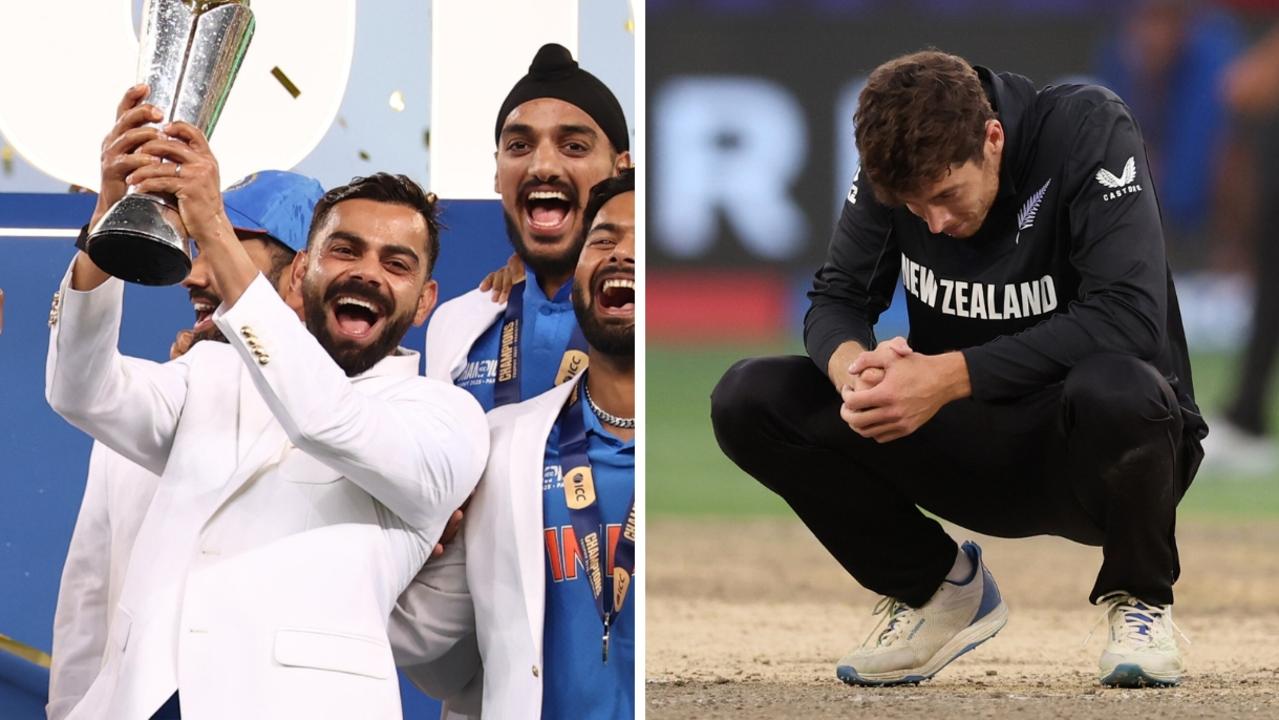Australia v South Africa series player ratings: Who starred and who flopped
Even David Warner himself admitted surprise that he had been judged player of the series … but now it can be revealed how and why it happened. FULL PLAYER RATINGS
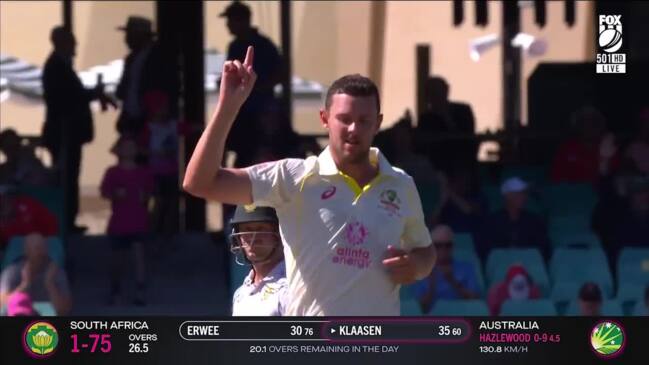
Cricket
Don't miss out on the headlines from Cricket. Followed categories will be added to My News.
Even David Warner himself admitted surprise that he had been judged player of the series … but now it can be revealed how and why it happened.
Warner, Travis Head and Usman Khawaja were locked in a three-way tie for player of the series following a rigid Brownlow/Dally M Medal style 3-2-1 voting system.
Broadcasters Fox Sports, Channel 7, SEN, ABC Radio and Triple M were all asked to provide a 3-2-1 vote per organisation on the three individual Test matches, which was then added up to determine the player of the series.
Steve Smith and Pat Cummins had consistent series but under the 3-2-1 system, they couldn’t even get a look in because of the unanimous three-point votes Warner, Head and Khawaja compiled respectively in each of the three Tests.
Ultimately, the tie-breaker to reward Warner with the award over Head and Khawaja was based on his man-of-the-match award from the MCG being deemed the best individual man-of-the-match performance for the series.
“He said it himself, ‘that’s surprising,’” Cummins said of Warner’s own reaction when his name was read out.
“I heard someone saying it was a joint between a few different players and Davey got it in the end. It’s not first thing you put on the mantelpiece. It’s what it is.”
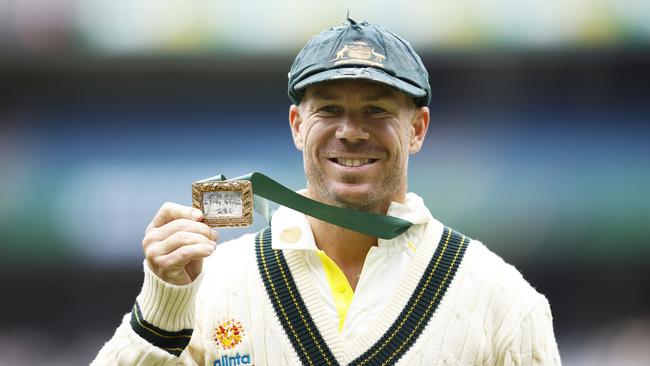
Given Steve Smith (231), Head (213), Warner (213) and Khawaja (209) all finished within 22 runs of each other in the aggregate, while Cummins (12 wickets at 16.9) was the most successful Australian bowler without running rampant – there was nothing outrageous about Warner’s selection as player of the series.
Warner’s victory said a lot about the evenness of a high standard team effort.
However, Cricket Australia might be encouraged to review the process, given it failed to recognise consistency across the series.
Head had a match-winning 92 in the first Test which was worth a 100 on a supercharged Gabba pitch, while he also made fine momentum shaping half centuries in Melbourne and Sydney.
He wasn’t a runaway standout for player of the series, but his consistency was not even a factor in the current system.
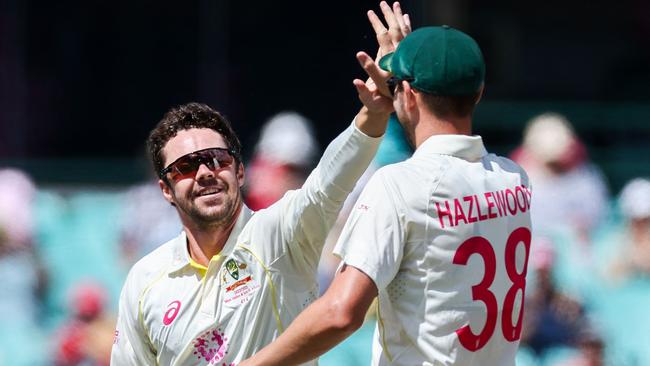
Tallying up 3-2-1 votes works in the NRL and AFL which have long seasons, but doesn’t appear as natural a fit for a three-match Test series.
Perhaps Cricket Australia would be best served moving to a model where a small panel votes on a player of the series, separate to the individual Tests.
AUSTRALIA V SOUTH AFRICA PLAYER RATINGS
DAVID WARNER — 8
213 runs at 53.25, HS 200
It was a rocks-and-diamonds series for David Warner - who was named player of the series - starting the series in Brisbane with a duck and 3 after missing out against the West Indies.
However, the occasion of his 100th Test brought out a fire in Warner that demonstrated why you should never write off a champion, with a magnificent 200.
Despite another failure in Sydney, his performance in Melbourne allows the 36-year-old the capital to end his career on his own terms.
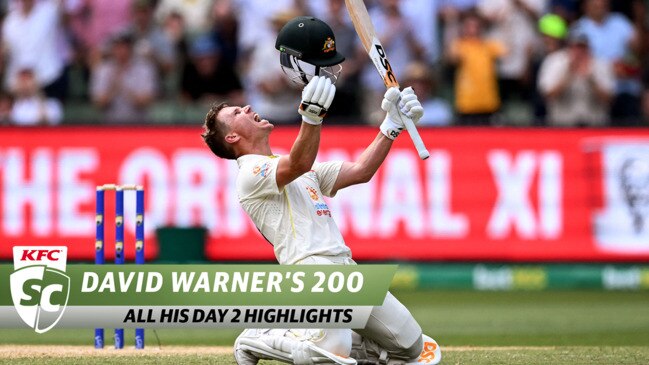
USMAN KHAWAJA — 7.5
209 runs at 69.66, HS 195*
In sparkling form throughout 2022, finishing the calendar year with 1080 runs at 67.5, Usman Khawaja struggled in the first two Tests with the angles of Rabada and Nortje.
Like Warner, however, it was one epic innings that stood out amongst the chaff.
An imperious 195* on his home ground in Sydney that establishes his credentials as one of Test cricket’s form batters.
MARNUS LABUSCHAGNE — 6
109 runs at 36.33, HS 79
Labuschagne struggled the most of any batter in the Australian top order this series, running himself out at the MCG and not making the most of a reprieve on 70 in Sydney, his only half-century of the year so far.
After his domination of a second-rate West Indies attack earlier in the summer, India looms as the final frontier for a Labuschagne, with foreign conditions of low, turning tracks the ultimate test of Australian cricket’s prodigious run glutton.
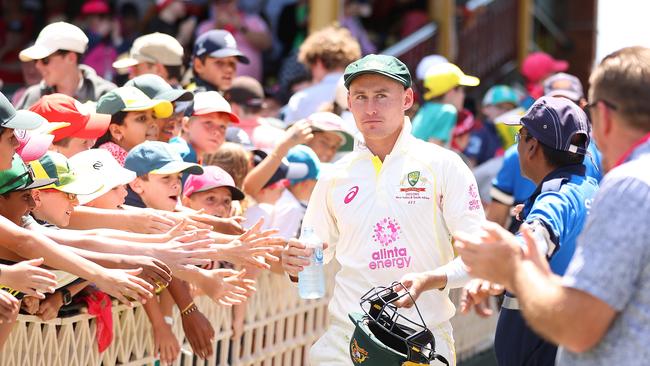
STEVE SMITH — 8
231 runs at 57.75, HS 104
Steve Smith in home conditions is as safe as houses - only twice since his famous WACA reinvention as a batter has he averaged under 40 in a series, and this is no exception, topping the batting charts for both sides.
He will be as disappointed as anybody in the manner of his dismissals, especially in Melbourne where he guided a short ball into the grateful hands of Theunis de Bruyn, but given the sheer volume of runs he scores beforehand, it won’t concern selectors in the slightest.
One of Australia’s finest players of spin, and first picked for the tour of India.
TRAVIS HEAD — 8
213 runs at 53.25, HS 92
Head’s attacking modus operandi has continued from his revelatory Ashes summer last year, and it has paid dividends for the South Australian.
His fighting 92 in Brisbane on a wicket that produced a result inside two days, where only one other player in the match passed 50, was the most influential Australian innings of the summer.
The one red flag for Tony Dodemaide and co is the soft nature of his dismissals this series - a counter-attacking approach should not bring with it a disregard for one’s wicket, and in India that could prove costly, despite his competence against spin.
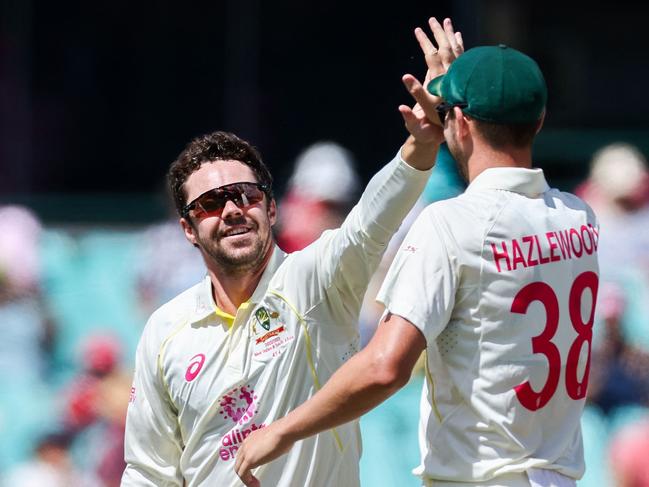
CAMERON GREEN — 6.5
69 runs at 69.00, HS 51*
Five wickets at 9.40, BBI 5-27
If last summer was Green’s unveil on the biggest Test stage of them all, this summer was the making of him as a man.
A maiden five-wicket haul in Melbourne in front of a heaving Boxing Day crowd on a relatively docile wicket is the kind of breakthrough performance that the entire country knows he is capable of, and were waiting with bated breath for.
Despite a broken finger from a rip-snorting Anrich Nortje bouncer in the first innings, Green came out to bat in the second innings in scenes reminiscent of Graeme Smith’s famous 2009 Sydney rearguard and faced 177 balls to finish unbeaten on 51.
The injury left him out of the final Test in Sydney, but this summer showed yet another glimpse of not only Green’s class, but his tenacity.
ALEX CAREY — 7.5
133 runs at 133.00, HS 111
A maiden Test century in Melbourne demonstrated Carey’s ability with the bat, and he vanquished the detractors of his wicketkeeping, despite some obvious errors on a turning Sydney track, letting through a low ball off Travis Head that hit the helmet and cost Australia five penalty runs.
This series he has improved his bye rate, cutting it to 0.48 byes per 100 balls, a marked improvement on predecessor Tim Paine’s career rate of 0.92.
A tour of the subcontinent will challenge Carey like it does any Australian, but a strong showing with the gloves in Sri Lanka will bode well.
Only being dismissed once, Carey’s batting continues to improve leaps and bounds, elevating him to the sort of batting that we expect as Australians in the post-Gilchrist era.
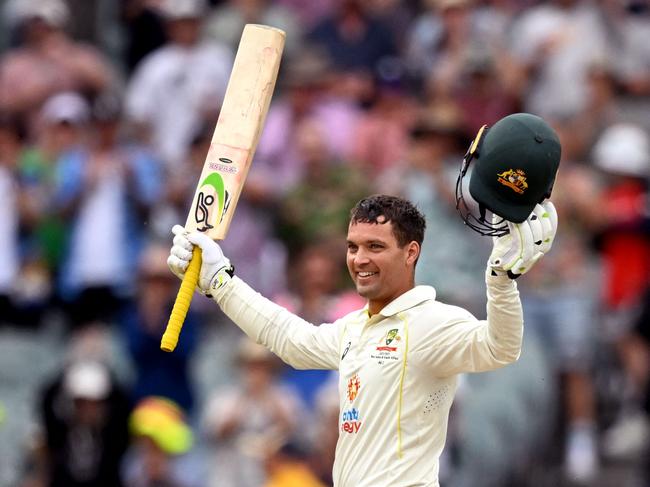
PAT CUMMINS — 8
12 wickets at 16.91, BBI 5/42
Our 47th Test captain continues to demonstrate why he’s the world’s top ranked Test bowler with 12 wickets striking at 41 on mostly docile wickets, leading our wicket taking tally.
The real questions arise over strategic choices - Cummins’ choice to bat on to a 386-run first innings lead in Melbourne with an injured Starc and Green at the crease, as well as some of the defensive field settings set in Sydney, raise more questions than they answer.
Captaincy and decision-making has been in the spotlight for the Australians for a few years now, and the tour of India will test his resolve in a way he hasn’t experienced before.
MITCHELL STARC — 7
8 wickets at 21.00, BBI 3-41
Starc started the series strongly on a co-operative Brisbane wicket, and performed again in the second Test in Melbourne, taking 8 wickets for the series, striking at 42.
Bowling with a ‘messy’ finger injury in the second innings that saw blood spattered across his whites, Starc’s dedication and effort cannot be questioned this year, despite only taking 1-62.
He is in doubt for the first Test in India as a result of the fractured finger, but returns a solid rating for his series productivity regardless.
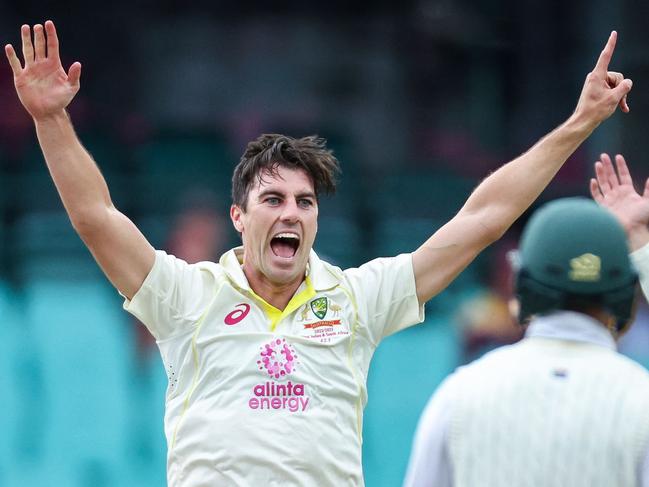
NATHAN LYON — 7
10 wickets at 26.20, BBI 3/14
Had an uncharacteristically quiet series with a pace-heavy attack leaving him without a lot of work to do in the first two Tests, where he took 8 wickets despite bowling a combined 48 overs.
He can make a strong claim to being hard done by, with significant rain on the only turning track of the summer in Sydney preventing anticipated break-up and deterioration of the pitch, and Cameron Green taking centre stage for the first innings in Melbourne.
An upcoming tour of the subcontinent allows him to shine as the leader of Australia’s bowling attack in conditions that will suit him to a tee.
SCOTT BOLAND — 7
7 wickets at 17.85, BBI 2-14
Played two of the three Tests, but despite being miserly and threatening didn’t take more than 2 wickets in an innings.
He continues a strong record of performing at every chance he gets, even keeping out an arguably fit Josh Hazlewood in Melbourne, but being dropped for Sydney.
Most importantly, he does it on wickets that don’t offer major amounts of assistance, which will be key in India where pace and bounce are foreign concepts limited to synthetic practice nets.
JOSH HAZLEWOOD — 7
5 wickets at 11.40, BBI 4/48
Missed the first two Tests with a side strain, but demonstrated how vital he is to the side with a magnificent spell of control on day four in Sydney.
Has learnt to never take his Test place for granted but his rousing effort on an Indian style deck in Sydney should ensure he is in Australia’s XI for the first Test in Nagpur.

ASHTON AGAR — 3
Wicketless, BBI 0/28
Returned to the Test side after six years on a turning track in Sydney that never quite got the chance to break up after rain washed out half of the first two days and the entirety of the third day, and demonstrated why he only had four Tests to his name.
Lacked control or intent consistently throughout South Africa’s batting innings, beginning with a dirty long hop outside off that summed up just why Australia have looked beyond the West Australian in recent years.
Was overtaken in the pecking order by the second innings by part-timers in Travis Head and Steve Smith.
MATT RENSHAW — N/A
5 runs unbeaten, HS 5*
Called up for his first Test in nearly five years after a complete reinvention and imperious Sheffield Shield performances, only to test positive for Covid on the morning of the Test.
Barely batted at all given the rain, and it would be unfair to give him a rating with such little involvement.
His ability against spin and versatility to bat anywhere from 1-6 in the order, as well as his developing off-spin may well have secured him a spot on the India tour, with the XI in Sydney considered a preview of what the side may look like in Nagpur in February.

